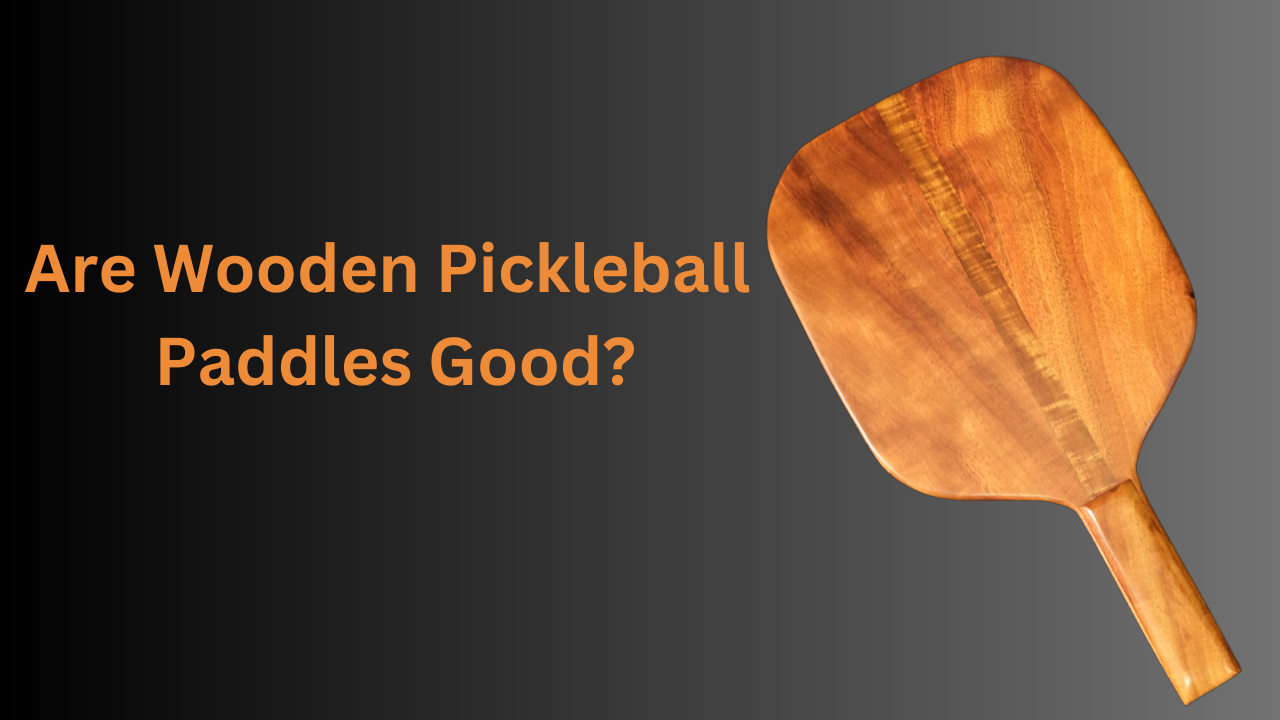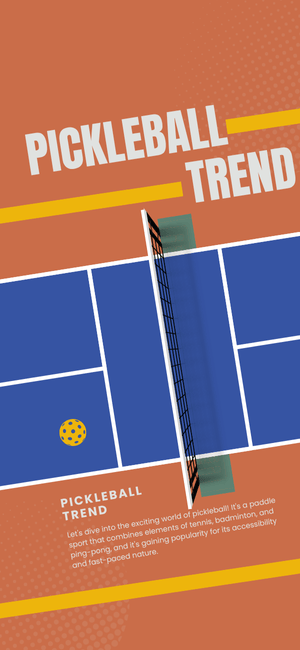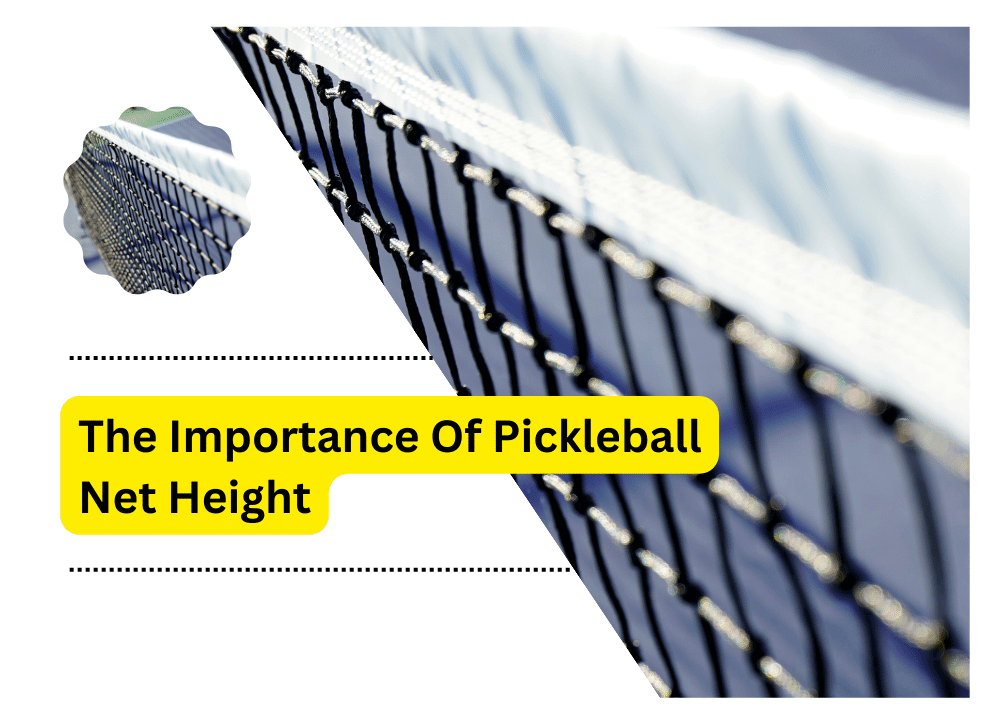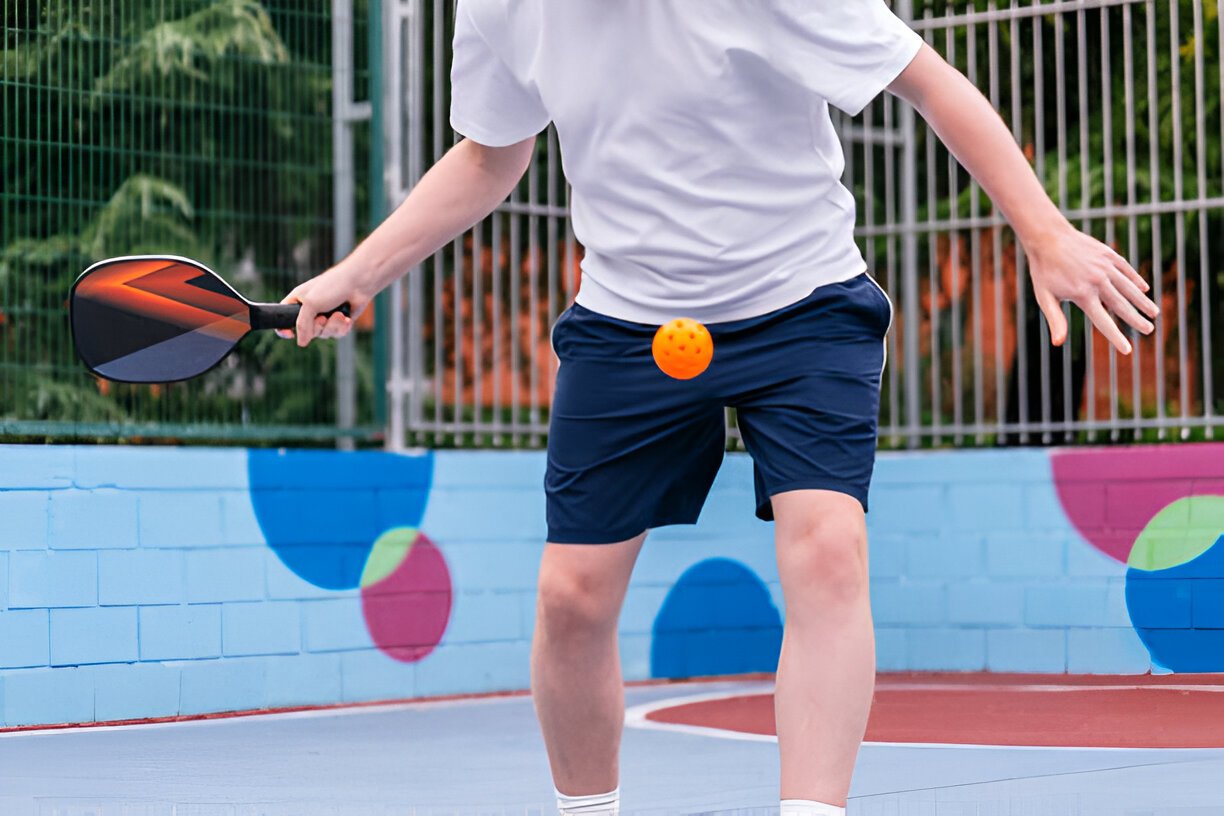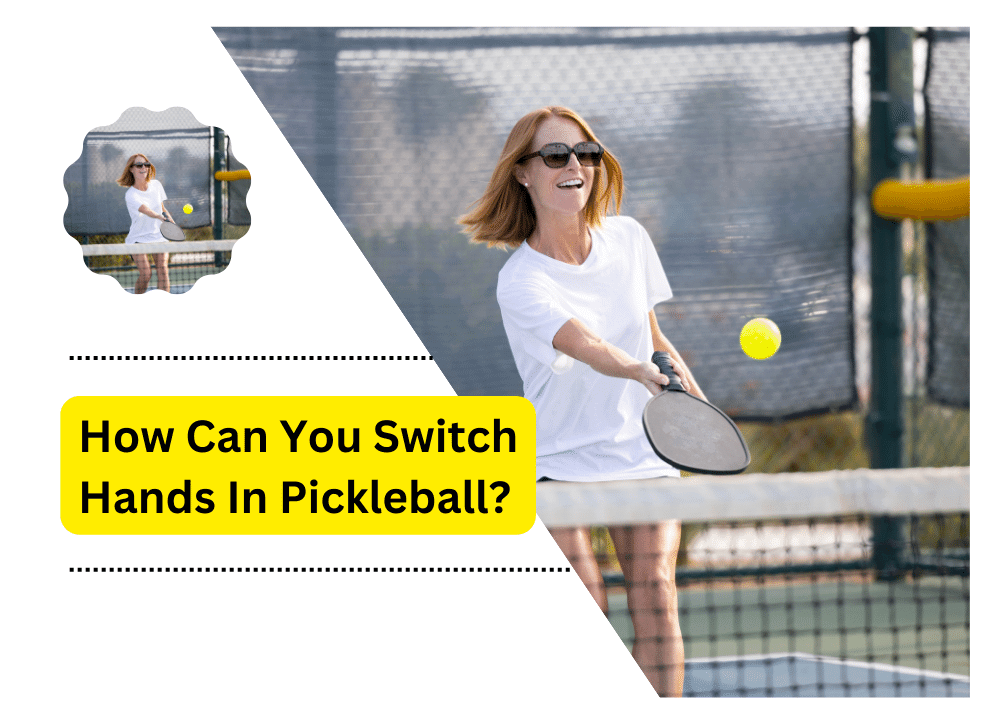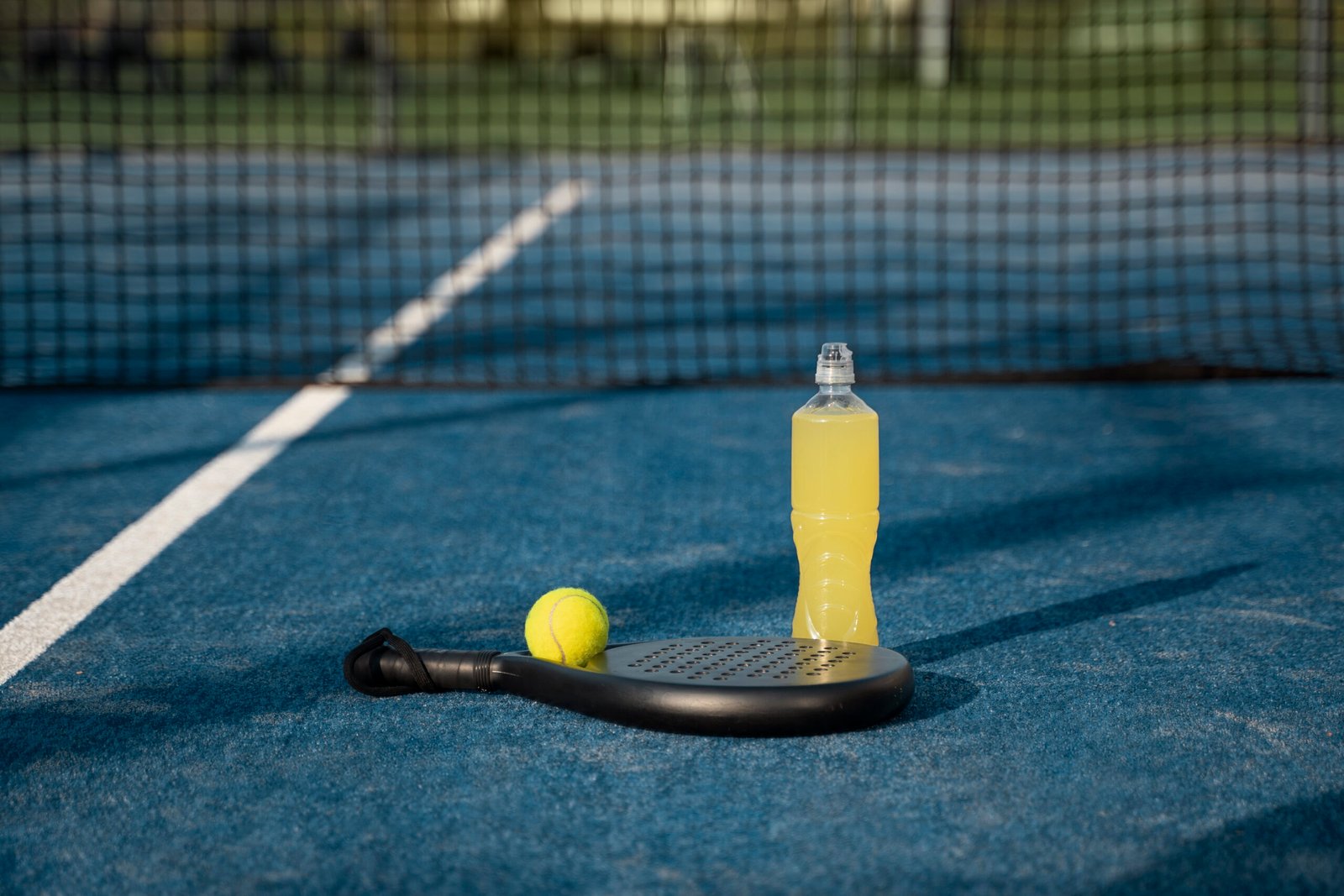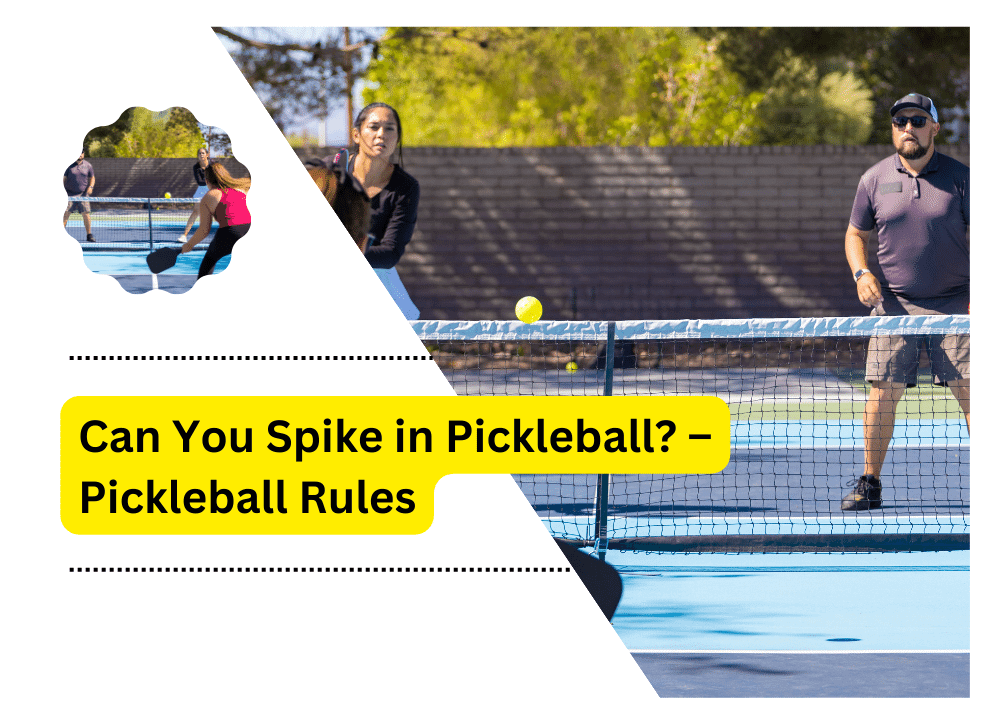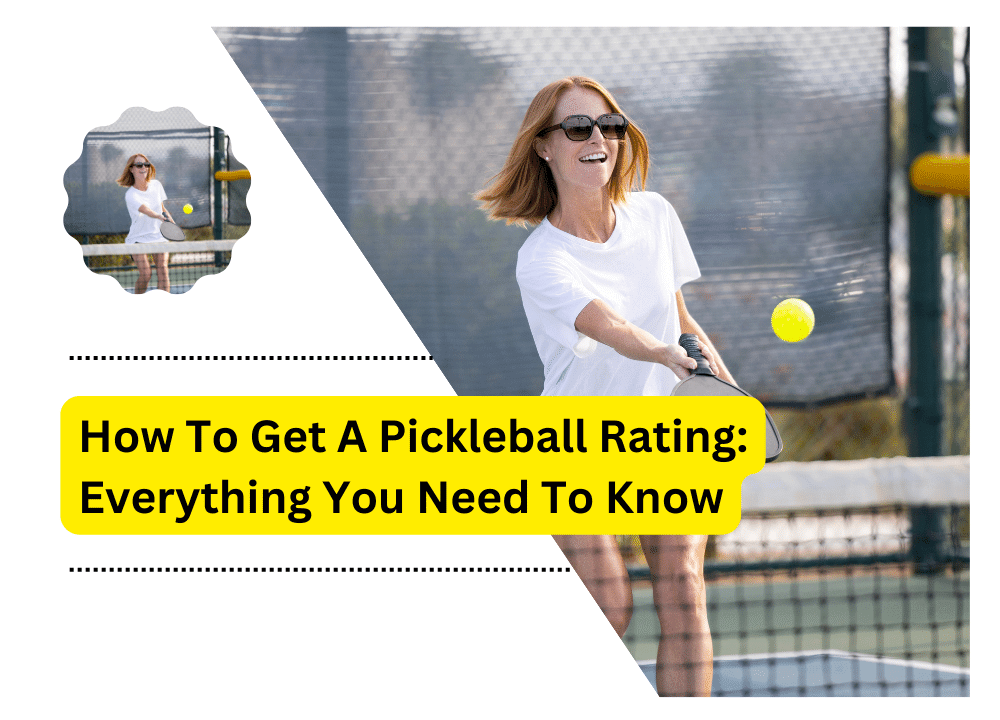Wooden pickleball paddles have been making a comeback recently, with many players opting for this classic option. Players are returning to wooden paddles due to their simplicity and traditional feel. The question arises: are wooden pickleball paddles good? Since wooden paddles possess unique characteristics like affordability and durability, the answer depends on each player’s specific needs and preferences. Let’s explore whether wooden pickleball paddles are good and are they the right choice for you.
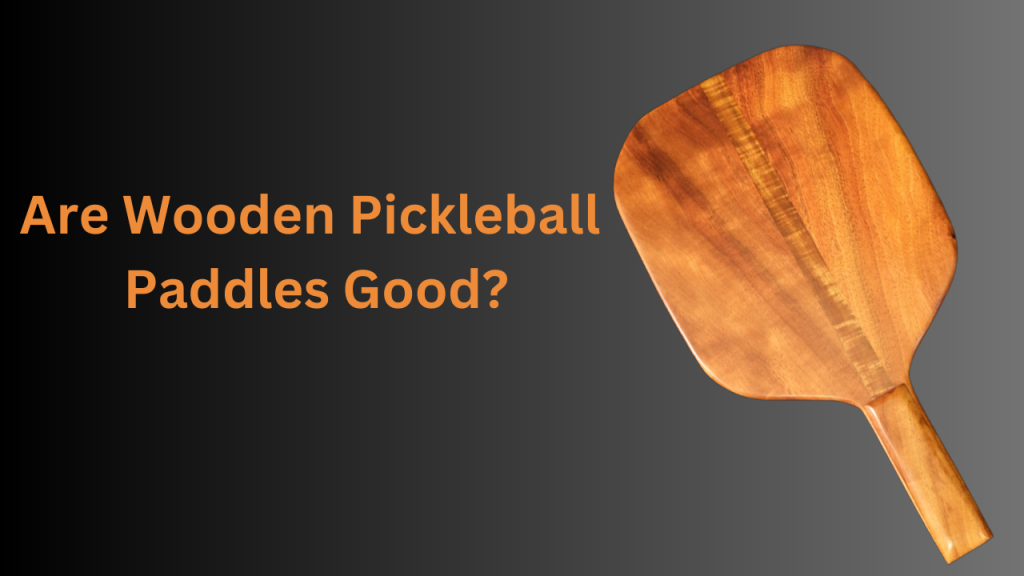
Are Wooden Pickleball Paddles Effective
Wooden pickleball paddles have caught the attention of players due to their effectiveness. Despite the availability of alternative materials, some players deeply admire wooden paddles and consider them superior to other options. This preference is attributed to the softer feel and greater control that wooden paddles offer compared to their stiffer and more rigid counterparts. Players appreciate the accuracy they achieve, mainly when playing at the net, and the reduced strain and fatigue on their arms due to wooden paddles’ shock and vibration-absorbing qualities.
In addition, wooden pickleball paddles are often more affordable, making them an excellent option for beginners or those seeking a budget-friendly paddle. However, it’s worth noting that wooden paddles may provide different power or speed compared to graphite or composite paddles. This could disadvantage players who rely on these attributes in their gameplay.
Characteristics of Wooden Pickleball Paddles
Aesthetics: Wooden paddles often have a classic, timeless appearance, featuring natural wood grains and a warm, organic feel when held. Some handmade paddles incorporate decorative elements such as inlaid wood designs or carved handles. Adding these components can enhance the visual appeal of the paddle and turn it into functional and artistic equipment.
Eco-friendliness: Wooden paddles are crafted from trees, making them a potentially eco-friendly option compared to materials like plastic or metal. Many wooden paddle manufacturers use sustainably sourced wood, which means that the trees used to make the paddles are replanted or come from responsibly managed forests.
Biodegradability: Wooden paddles are also environmentally sustainable as they can decompose naturally and be added to compost rather than being disposed of in landfills or contributing to environmental pollution.
Craftsmanship: Handmade paddles are often created by skilled craftsmen and women. Many players appreciate the quality and individuality that comes with a handmade paddle.
Advantages of Wooden Pickleball Paddles
- Wooden pickleball paddles are renowned for their exceptional durability, considered one of their most significant advantages.
- They are less prone to chipping, cracking, or breaking. Wooden paddles can maintain their shape and performance for many years.
- Although softer than other materials, wooden paddles can still pack a punch.
- The unique construction of wooden paddles allows for a solid hit that generates energy. Wooden paddle creates a “pop” sound when the ball touches the paddle, which is a satisfying experience for many players.
Disadvantages of Wooden Pickleball Paddles
- Heavy wooden paddles can disadvantage players who prefer lighter options. The weight can be challenging for smaller or younger players to manage.
- The noise produced upon hitting the ball may distract a few players and opponents, leading to more errors and missed shots.
- The smooth surface of a wooden paddle could be complex for inexperienced players to maintain a firm grip, especially when playing in humid or sweaty conditions.
Design and Construction
Wooden pickleball paddles are typically made of the most common types of wood used: maple, birch, and Poplar. Maple is famous for its strength and durability, while birch is known for its flexibility and shock absorption. Less commonly used, Poplar can provide a softer feel and greater control. The design and construction of wooden paddles can vary, depending on the manufacturer and the intended use of the paddle.
A critical factor in paddle design is the shape and size of the paddle head. Wooden paddles can have either a traditional or elongated shape, providing a larger surface area for hitting the ball. The thickness of the paddle head can also vary, with some paddles being thinner and lighter while others are thicker and heavier. Paddle construction uses materials like foam cores, fiberglass, or carbon fiber. For example, the ProLite Wood Power Shaft paddle features solid wood construction with a unique “Power Shaft” that adds extra stiffness and power to the paddle. On the other hand, the Selkirk Amped S2 paddle features a wood core with a composite face, Offering a balance between power and control.
Costs Compared to Other Options
While wooden pickleball paddles may not be the most technologically advanced option, they offer a cost-effective solution. Wooden pickleball paddles are often more affordable than other materials. Depending on the quality of the wood and the level of craftsmanship involved in its production, the cost of wooden paddles can fluctuate. They generally fall within the lower end of the price spectrum compared to other options.
For example, a beginner wooden paddle can cost around $20-$30, while high-end wooden paddles can cost up to $100 or more. In comparison, graphite or composite paddles can cost anywhere from $50 to $300 or more, depending on the brand, design, and features.
Can Wooden Pickleball Paddles Be Customized?
Wooden pickleball paddles can be customized just like other paddle materials. Many paddle manufacturers and craftsmen offer customization services to add players their personal touch to their paddles. Customization options may include adding a player’s name, logo, custom design, custom graphics, and engravings to the paddle face or handle. Some manufacturers even offer the ability to choose the type of wood used in the paddle’s construction or to adjust the weight and balance of the paddle to fit a player’s specific preferences.
Fcat Alert: Customization services may include additional costs and sometimes result in longer lead times for paddle production.
How Long Do Wooden Pickleball Paddles Last?
The lifespan of a wooden pickleball paddle depends on factors such as frequency of use, level of care and maintenance, and the quality of the materials used to construct the paddle. A wooden pickleball paddle can last several years with proper care and maintenance. Regular upkeep, such as sanding, oiling, and sealing, can significantly prolong the lifespan of a wooden pickleball paddle. This is particularly crucial in areas with high humidity levels where wood is susceptible to damage.
So, Is Wooden the Right Option for You?
Wooden pickleball paddles’ suitability depends on factors like skill level, playing style, and personal preferences. If you are starting out with pickleball and want to invest less money in equipment, a wooden paddle is a good choice. If you prefer a softer feel and don’t need a lot of power, a wooden paddle is also a good choice. Wooden pickleball paddles are less suitable for advanced players or those seeking more power and customization options.
As we bring this debate, are wooden pickleball paddles good to a close, it’s worth noting that while they may not be the ideal choice for all players, they remain a valid option to be considered. Ultimately, the best way to know if a wooden paddle suits you is to try it and see how it performs on the court.
FAQs
How do you protect a wooden paddle?
Store it in a dry and cool place when not in use, avoid exposing it to extreme temperatures, and use a paddle cover to protect it during transportation. Do not leave your paddle in direct sunlight for prolonged periods, and should periodically clean and oil it .
Do wooden paddles float?
Most wooden paddles do not float, as they are denser than water. Some wooden paddles made by certain manufacturers may float due to foam cores or other lightweight materials.
What is the best finish for wooden paddles?
A polyurethane or epoxy finish is considered the best option for wooden paddles due to their durability and better protection. These finishes can also enhance the natural beauty of the wood and give the paddle a glossy or matte look, depending on the preference.

